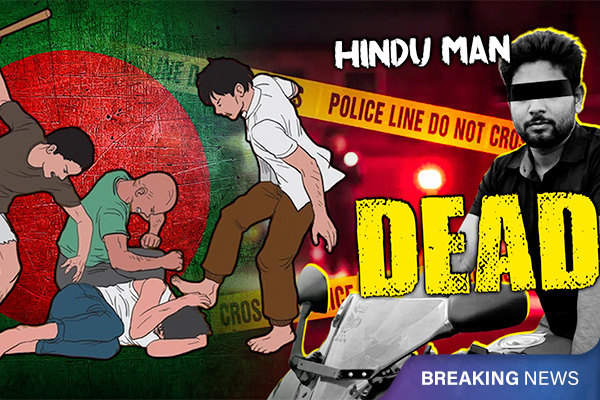Supreme Court Orders Removal of Stray Dogs in Delhi
The Supreme Court’s order to remove all stray dogs from Delhi-NCR streets has sparked a nationwide clash between public safety concerns and animal rights.
On 6 August 2025, the Supreme Court ordered all stray dogs in Delhi-NCR to be removed from public roads and kept in shelters. The court directed that these dogs should not be released back on the streets, shelters must have CCTV cameras, and helplines should be set up for dog-bite complaints. The plan must be completed in six to eight weeks.
The decision sparked huge protests both online and offline. At India Gate, animal rights activists gathered with banners, and some were detained by police. Images linking dogs to Indian culture, including a viral picture of Lord Shiva hugging a dog, became symbols of protest. Groups like PETA India called the ruling “illegal, inhumane, and unscientific,” warning that it could harm ecological balance, increase rabies risk from unvaccinated dogs entering new areas, and overcrowd shelters.
Celebrities including John Abraham, Varun Dhawan, Raveena Tandon, and Janhvi Kapoor voiced their opposition, calling the decision a “death sentence” for stray dogs. Activists also pointed out that the Animal Birth Control Rules of 2013 require sterilised and vaccinated dogs to be released back to their original area.
However, the court highlighted alarming data: over 2,000 dog bite cases are reported daily in India, and WHO estimates 18,000–20,000 annual rabies deaths. In 2024 alone, there were over 37 lakh dog bite cases and 54 rabies deaths. Recent tragedies, including the death of 6-year-old Chhavi Sharma in Delhi, pushed the court to act, saying the priority was protecting human life—especially children.
The ruling has divided the nation. While families of victims welcomed the move, many citizens fear it will lead to cruelty and chaos. The debate over whether stray dogs should be removed or protected continues to grow louder.







